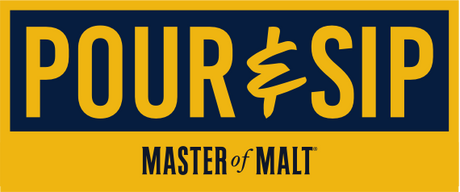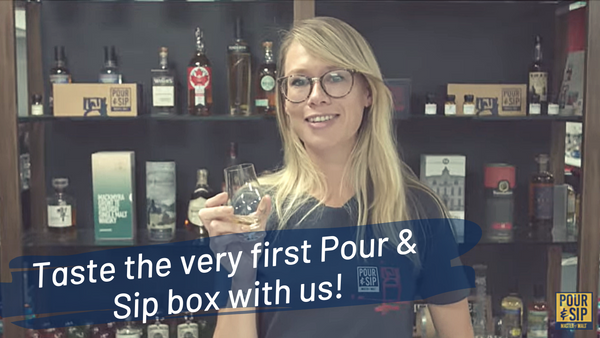The past and present of Maryland rye whiskey

Sagamore Spirit is bringing back the historical style of Maryland rye whiskey – but what exactly is the history? This week on P&S Digest, we’re finding out.
When you think of American whiskey, chances are your mind jumps to Kentucky and its bourbon (even though bourbon can actually be made anywhere in the US!). And when you think of rye whiskey in particular, it likely evokes the flavours of black pepper and heaps of spice. But pre-Prohibition, Maryland would have been at the forefront of your thoughts, and it’s nothing like the spicy rye whiskey you’ll likely have tried up until this point – as you’ll know when you tried Sagamore Spirit’s Signature Rye in this month’s live tasting!
The Maryland style of rye whiskey is sweeter, though exactly why this is has been debated, and likely changed over the years. It was throughout the 1800s that the style came into its own and grew immensely popular. The spicier rye boasting the flavour profile more commonly recognised today as straight rye whiskey was known as Pennsylvania rye at the time – shockingly, because it was made in Pennsylvania.
Rye as a grain thrived in the climate of North America (just like barley did in Scotland and Ireland), and the distilling industry began booming in the 1800s thanks to a rush of Irish and Scottish immigrants. It’s intriguing, because rye as a grain is much more difficult to distil than corn or barley. Because of the proteins it becomes thick and slightly slimy, meaning far less can be distilled at one time compared to other grains. Now when distillers choose to go down the rye path, they’re well aware of the greater challenge that they’re taking on, but back in the 1800s it was actually more convenient to use rye.
The history of spirits is always hard to pin down, particularly with something as vague as a ‘style’. There are lots of different opinions about where the sweeter style of Maryland rye comes from. Some theories owe it to malted barley, or even a specific brewer’s yeast strain. Back in the day whiskey was far from the pure spirit we’re familiar with now thanks to the lack of laws, so often it was treated to the addition of cherry or prune juice, or other kinds of sweeteners (though after the Pure Food and Drug Act was passed in 1906, this was no longer allowed). However, Sagamore Spirit, which you have in your box this month, owes its sweeter whiskey to a high proportion of corn in the mash bill, which is the most common attribution.
By 1911, Maryland’s 44 distilleries were churning out 5.6 million gallons of whiskey, but its success wasn’t to last – in 1920 Prohibition was passed. Some Maryland distilleries produced medicinal whiskey throughout the 13 years under the law (yeah… ‘medicinal’...), allowing them to stay afloat. Unfortunately bourbon totally stole rye’s thunder after the repeal of Prohibition in 1933, because the American government decided to subsidise corn. Not only was it easier to work with, but it was cheaper, so when distilleries were trying to get back on their feet after Prohibition this was the grain they turned to.
Despite this, by 1936 Maryland bounced back, producing a whopping 14.1 million gallons of rye whiskey each year. Then World War II came along – the final (temporary) nail in the coffin for the Maryland rye whiskey industry. Throughout the war, many distilleries ended up producing ethanol to help support it, giving them a lifeline, but when the war ended consumer habits had changed. Rye whiskey (and whiskey as a whole) wasn’t having its moment anymore, because it was vodka’s time in the limelight. But as we well know, that wasn’t the end of the category, because fabulous distilleries like Sagamore Spirit are looking back on their homeland’s history and bringing a once-forgotten spirit back into our glasses.
So there you have it! Another splash of history for you while you sip – if you have any drams left from this month, that is...
Jess



